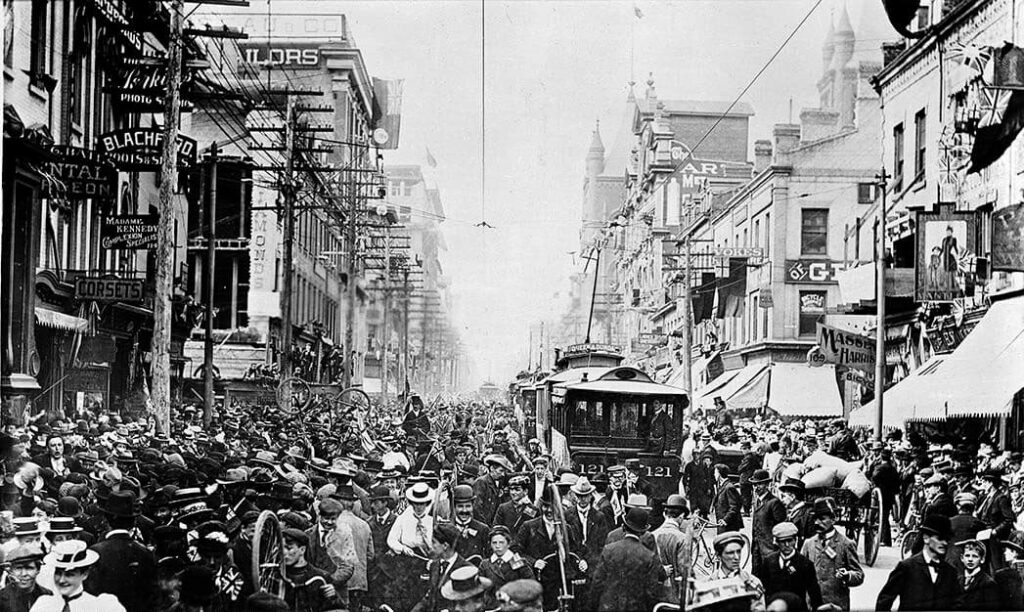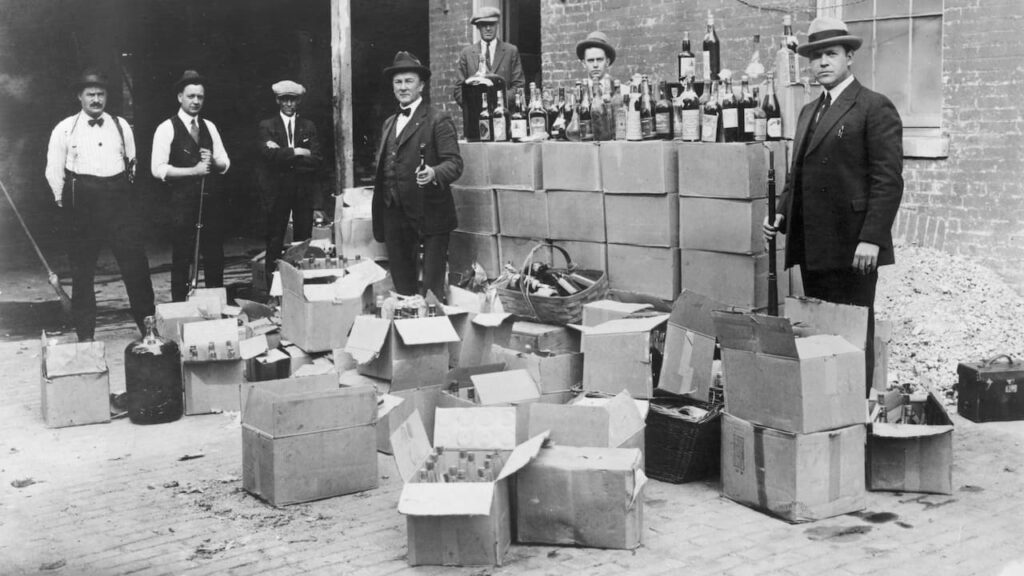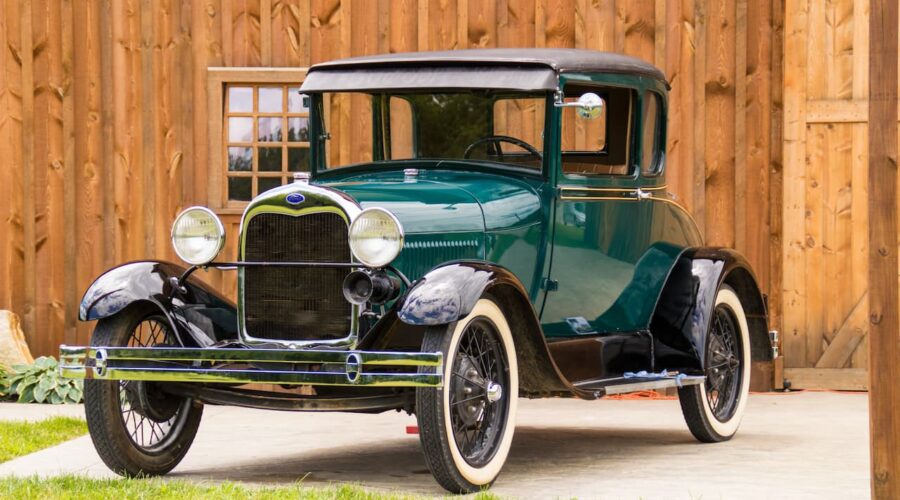The Roaring Twenties have remained in the memory of many Americans as an era of dramatic social, political and economic change. Many argue about whether it was a happy breakthrough, or an incomprehensible slide towards obscure progress. As many people as there are opinions. Let’s take a closer look at the roaring 20s in American society and what was new and unusual about that period.
New products and technologies
Economic growth was marked first and foremost by mass production of cars. Whereas before the First World War cars were considered a luxury item, after 1920 the automobile industry became mass-produced. It also influenced the development of other sectors of the economy: highways were actively built, steel was produced, and motels, car dealerships, service stations and apartment blocks were built.
The theatrical genre was gradually replaced by the film industry. Watching films became affordable and cheap. Cinemas received a big boost in development and expansion. Vaudeville underwent a dramatic financial decline. Radio became the main means of mass broadcasting. Expensive radio receivers took full advantage of marketing strategies that informed the public about the innovations and developments of modern times. In 1927, the Federal Radio Commission ushered in a new era of regulation.
The chemical industry received a major boost. Every American could now enjoy its benefits. Manufacturing was mass-produced, supplying products to every family unit. Alexander Fleming isolated the first antibiotic and developed the penicillin scheme.
Urbanisation
The year 1920 marks the peak of urbanisation. American urban dwellers outnumbered rural dwellers for the first time. Large cities accounted for more than 15% of the total population, and skyscrapers began to be built in New York and Chicago. During this period, finance and insurance doubled and even tripled. A large proportion of the population now consisted of so-called white-collar workers.

It was common for an unmarried woman to get a job as a small clerk working with documents, a typewriter and a telephone. As incomes rose, people were able to afford extravagances that had previously been out of reach. The fastest growing towns were those found in parts of the Midwest. There, there was no difficulty in supplying the townspeople with food from nearby villages and agricultural regions. And the subsequent opening of the Panama Canal made communication with cities on the Pacific coast much easier.
Cultural development
There was an explosion of cultural development in society. In the 1920s, creativity took on new colours. Major American writers published several books that later became widely known. Among them were “Across the Paradise”, “On the Western Front without a Change”, “Lady Chatterley’s Lover” and others. The latter novel made a mixed impression on society as it contained explicit erotic scenes as well as sexual innuendo. The book was banned in the UK, as were a number of other major cities.
The main style of architecture and design was Art Deco, which originally originated in Belgium, migrated to Europe and gently took root in the United States itself. One of the tallest buildings in New York, the Chrysler Building, was built according to the Art Deco principle. The style evokes pure geometric shapes, which were initially still curved, but over time acquired smooth transitions and a clear structure.
The Roaring Twenties went down in history as an era of transition from silent and black-and-white cinema to full-blown voice-over and colour. The first film in colour was released in 1922, and in 1926 the first film with sound and musical accompaniment was released. The studios at the time worked without breaks or weekends, as society welcomed the innovation. The sound and colourful cinema became a resounding success with the public, generating enormous revenues for the treasury. This sector has not ceased to develop until the present day.
The most sought-after and popular musical style of the twenties was jazz. It was then that the world learned about such bright figures as Louis Armstrong, Duke Ellington, Sidney Bechet, Bing Crosby and many others. The mind-blowing and inimitable blues began to develop. Americans listened with rapt attention and sang along to its contemporary performers. The brightest of which was Bessie Smith. Then country music also flourished. The music swallowed them up with its diversity and inimitability.
Prohibition
While some freedoms expanded boldly, others came under strict control. The 1920 constitution was amended to say that from now on ‘intoxicating liquors’ were forbidden, not just for sale but also for production. A little later, the Volstead Act banned bars, taverns and saloons throughout the United States. Citizens could now only purchase drinks with an alcohol content of 0.5% or less.

The liquor trade had gone smoothly into the underground sphere. And people began to frequent illegal establishments instead of bars, where liquor was controlled by racketeers and bootleggers, gangs of criminal groups. White, middle-class Americans perceived Prohibition as a way of exerting control over immigrants. The latter were overflowing the streets of the cities and harsh, effective action was urgently needed.
The Roaring Twenties were not only a turbulent demographic shift, but mainly an era of “cultural civil war”. Townspeople and small villages, Catholics and Protestants, whites and blacks, advanced youth and defenders of old-fashioned values all fought to defend their positions. This was the reason for a boom in culture, the creation of new technologies, widespread urbanisation and the introduction of Prohibition.
